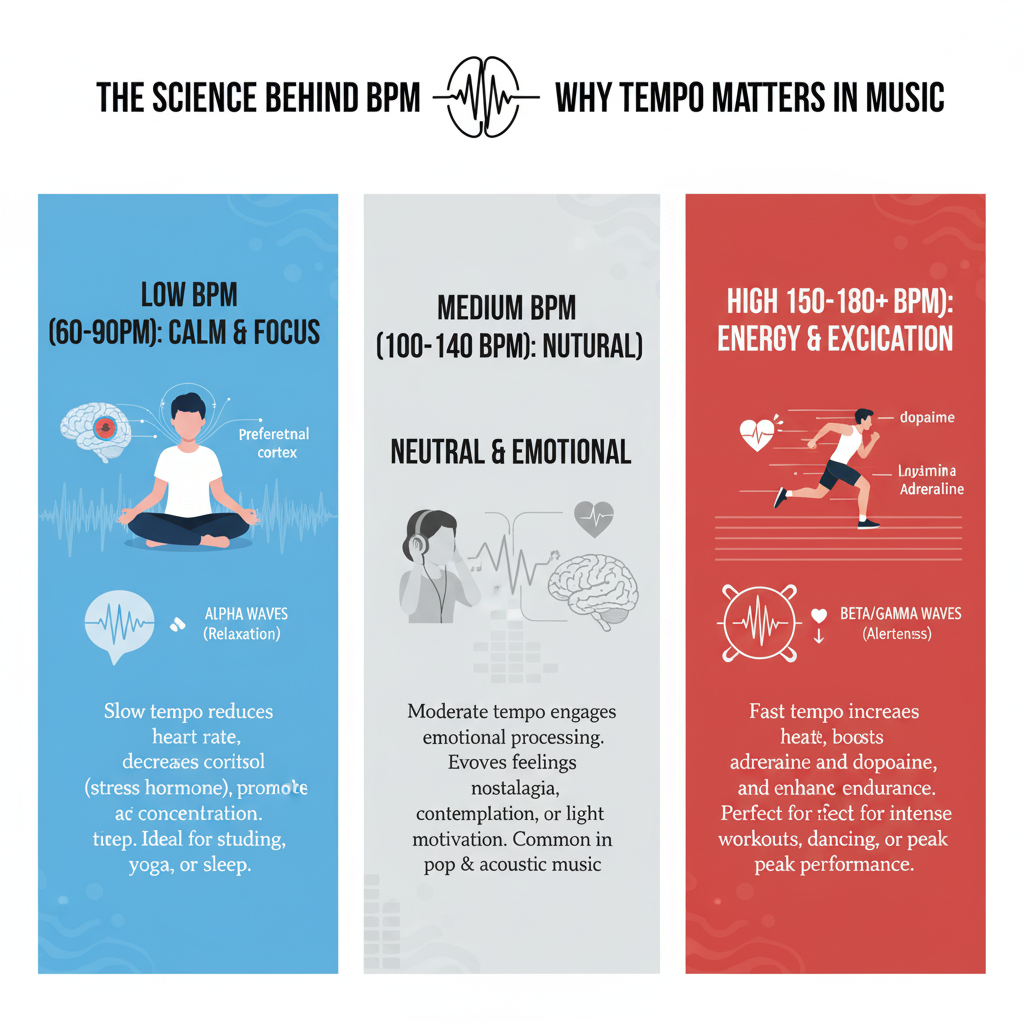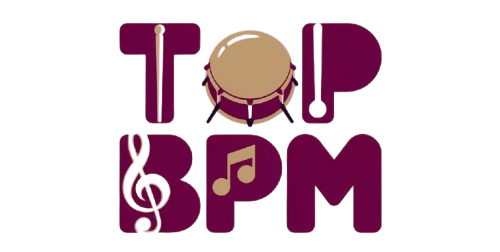
Have you ever noticed how your mood shifts when you hear a slow ballad versus a high-energy dance track? That’s the power of tempo. The beats per minute bpm of a song doesn’t just control how fast or slow it feels, it deeply influences our emotions, movements, and even memory. As someone who has spent countless hours experimenting with tempos while making playlists and working with tools like music bpm finder, I can confidently say that tempo is the invisible heartbeat of music.
Brands like tap bpm have made it easier than ever to explore this fascinating world with tools like bpm counter and tap tempo music tool.
What is BPM?
BPM stands for beats per minute bpm, a way to measure the speed of a song. Simply put, it counts how many beats occur in sixty seconds. For example, a ballad may have an average bpm of 60–70, while electronic dance music can push past 120. Musicians and producers often use tools like an mp3 bpm finder or tempo bpm finder to quickly identify the bpm of a song. With a reliable bpm song finder, you don’t have to guess you can calculate the bpm with precision.
The Psychology of Tempo
Tempo does more than set a rhythm it shapes how we feel. Slow tempos can calm us down, while faster tempos stimulate energy and excitement. I’ve seen this first-hand when curating playlists for workouts songs with higher BPMs often sync with the heart rate, pushing motivation levels up.
Interestingly, our brain naturally tries to tap along with the beat, which is why tempo can feel so instinctive. Tools like song bpm and key finder and key finder bpm help artists align the science of tempo with the psychology of mood.
BPM and Physical Movement
Tempo directly connects with movement. Runners, dancers, and fitness trainers often rely on a music bpm finder or tempo bpm finder to match songs with exercise intensity. Personally, I’ve used a beat bpm finder to build my running playlists, and when the song’s BPM matches my stride, it feels almost effortless. DJs also use bpm counter and beat matching techniques to keep the dance floor moving seamlessly. Tap bpm is one of the go-to platforms for such tools, letting you calculate the bpm and create smoother transitions.
Tempo in Different Music Genres
Different genres live in different BPM ranges. For instance:
- Classical ballads: 60–80 BPM
- Hip-hop: 80–100 BPM
- Pop: 100–120 BPM
- EDM: 120–140 BPM
- Drum & Bass: 160+ BPM
Knowing the bpm of a song helps musicians and listeners alike understand its intended energy. DJs often rely on ai bpm finder and bpm song finder to align tracks across genres. I’ve personally experimented with mixing hip-hop into house tracks, and without using a bpm counter or tap tempo feature, the mismatch becomes obvious. That’s why tap bpm offers tools like calculate the bpm and bpm song finder for quick access to these details.
The Role of BPM Finders
Modern technology has made tempo tracking effortless. Whether you use an online bpm finder, an mp3 bpm finder, or an ai bpm finder, these tools give instant results. Musicians can now go beyond guesswork, using a song bpm and key finder or key finder bpm to get both tempo and harmonic information. I often use a tap tempo music tool to quickly calculate the bpm of a track I’m humming, and it always amazes me how precise it is.
Brands like tap bpm provide multiple options whether you need a beat bpm finder or a full music bpm finder making tempo analysis available to everyone.
Why Tempo Matters
At its core, tempo is about connection. It links our heart rate to rhythm, guides our body to move in sync, and lets DJs and producers create immersive experiences. Without BPM awareness, beat matching would be impossible, and fitness playlists wouldn’t push us the same way.
A simple bpm counter or tempo bpm finder can completely change how we experience music. Whether you’re an artist, DJ, or casual listener, tools like those from tap bpm help unlock tempo’s hidden power.
Conclusion
Tempo isn’t just numbers it’s the emotional and physical pulse of music. From calming us during stressful times to fueling us during workouts, BPM shapes how we experience sound. Thanks to digital tools like online bpm finder and tap tempo music tool, everyone can access this science easily. Whether you want to calculate the bpm for mixing, explore genres with a song bpm and key finder, or simply tap along with the beat, platforms like tap bpm make tempo more than a concept it becomes a practical way to enjoy music more deeply.
